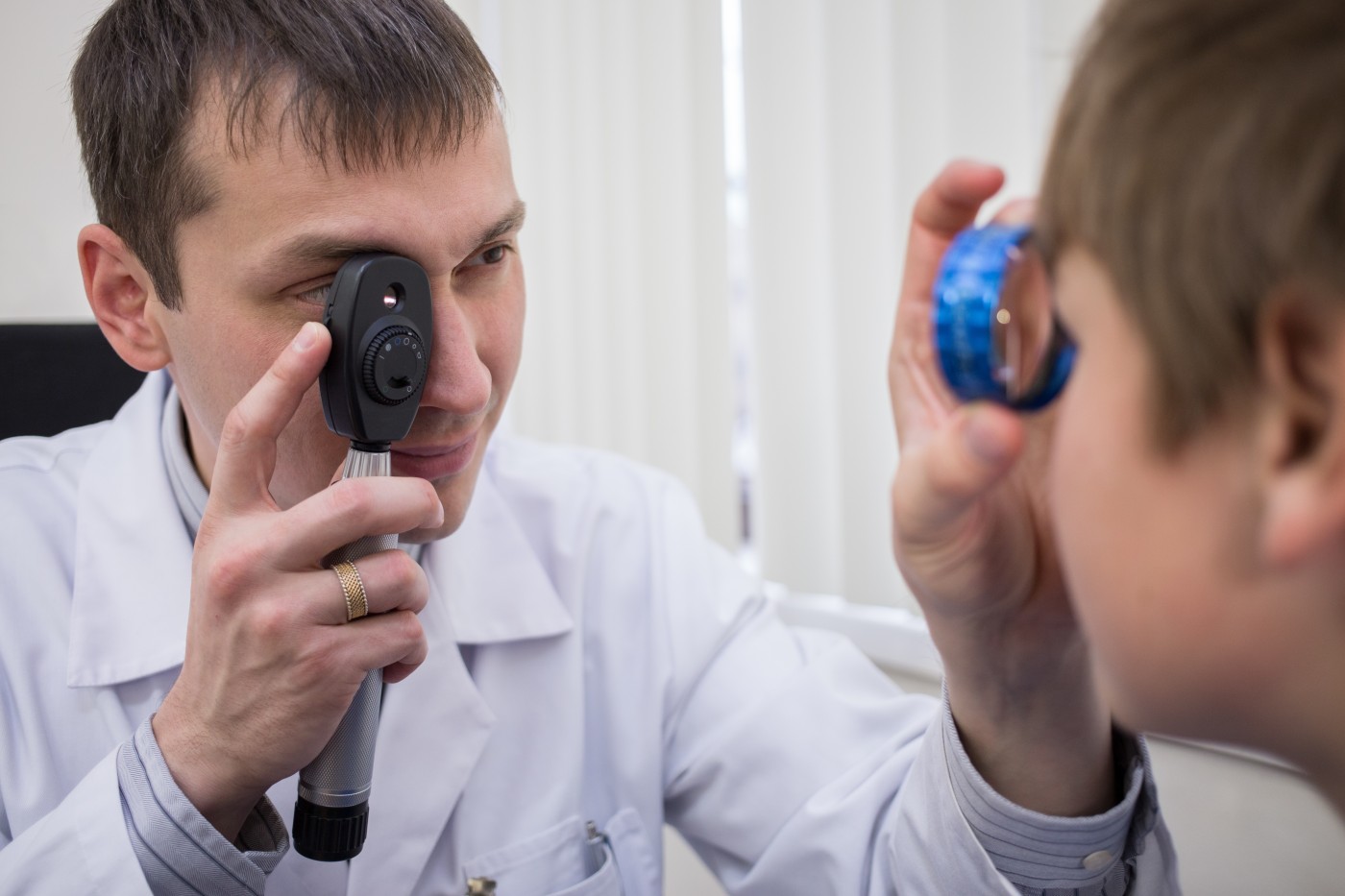Dr. Uday Devgan, a recognized expert in the field of ocular surgery at Devgan Eye Surgery, recently penned an article on the surgical repair of traumatic cataracts, presenting a case report of a teenage boy who suffered trauma in one eye. The article is entitled “Evaluation and treatment of traumatic cataract and iris damage” and was recently published online in the Ocular Surgery News U.S. Edition.
Surgical repair of traumatic cataracts (clouded eye lens) can pose a challenge due to the extent of damage to ocular structures. Cataracts can be accompanied by other ocular problems like capsule damage, zonular loss (the support ligament of the lens), vitreous leak, iris damage, induced glaucoma (a condition that damages the eye’s optic nerve), among others.
Dr. Devgan reports a case of a teenage boy who was injured in the eye with a pellet gun a few weeks before. “Luckily, there was no rupture of the globe, and there was no intraocular or intraorbital foreign body. Still, the damage to the eye was extensive. At his initial presentation, the patient had a near total hyphen [blood in the eye’s anterior chamber] that was managed with conservative therapy. Once the blood cleared from the anterior chamber, he was referred to our medical center for surgical repair. At our teaching hospital, we encounter many traumatic cases such as this,” reported Dr. Devgan.
The boy had a completely white cataract and his “anterior lens capsule appeared to have been ruptured and the crystalline lens swelled dramatically, shallowing the anterior chamber, further tearing the iris and inducing a strong glaucomatous response,” explained Dr. Devgan.
The team first evaluated the extent of the damage and found that the boy’s iris was ripped through the superior part of the pupil and that the lens capsule was ruptured. They also hypothesized that there was a chance of zonular damage and rupture of the posterior capsule, two conditions that could cause vitreous prolapse (leakage) during the extraction of the lens in cataract surgery.
“With cataract removal, the goal is to have a sufficient degree of remaining capsule in order to implant a posterior chamber lens. In a young patient such as this, with a compromised iris, an anterior chamber lens could be problematic,” explained Dr. Devgan. “Lens calculations in this case were somewhat difficult, so we compared with the fellow eye and aimed for a mild degree of residual myopia. A three-piece mono focal acrylic IOL [intraocular lens] was our preference.”
The cataract was removed and the IOL carefully inserted. The team noted some zonular weakness so they placed the three-piece acrylic IOL in the ciliary sulcus. Dr. Devgan and his team tried to fix the iris but the tissue was too fragile and it caused the displacement of the pupil so they decided it was safer to leave it alone. Priority was given to restore the pupil anatomy, which was done with carefully placed suture passes. The child was given antibiotics, steroids and a retrobulbar depot of bupivacaine (an anesthetic).
One day after surgery, the patch was removed and the boy was able to see. “He recovered good vision, and he is expected to heal well and resume normal activities shortly. Surgically repairing traumatic cataracts can be highly challenging but also extremely rewarding,” concluded Dr. Devgan.


